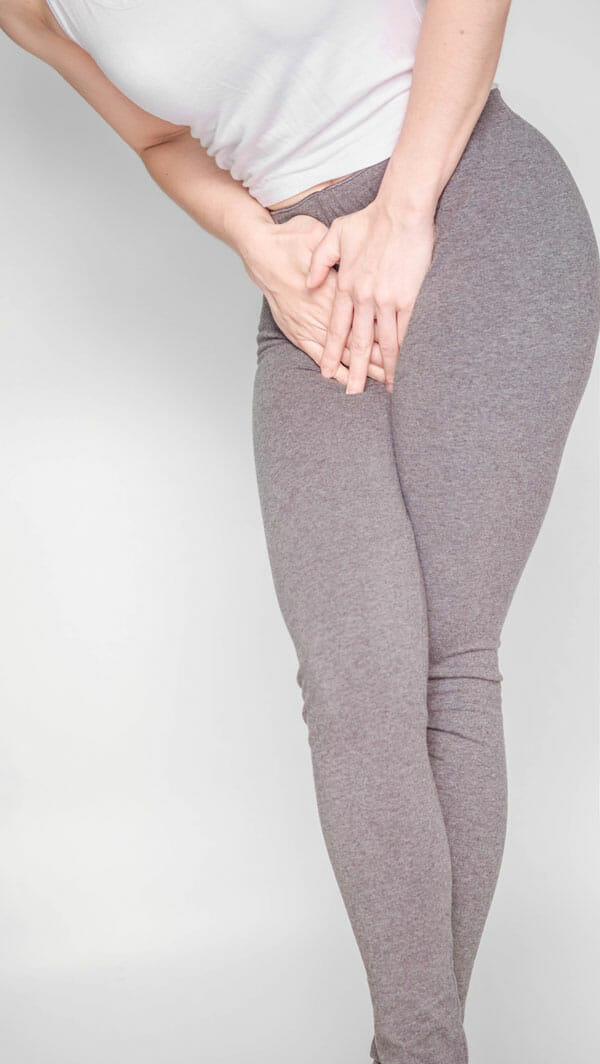Smart Info About How To Fix Incontinence

Drinking too much fluid can make you urinate more often.
How to fix incontinence. Some strategies that can help: Contents overview symptoms and causes. Your doctor may recommend less invasive treatments.
Lifestyle changes can improve in urinary incontinence symptoms in some people. A combination of treatments may be needed. Overview learn how the symptoms.
If an underlying condition is causing your symptoms, your doctor will first treat that condition. You may notice some tension in your thighs or buttocks, but there. Squeeze your pelvic muscles up and in.
Pelvic floor exercises (kegels) can strengthen muscles and reduce symptoms. Find out what causes a sudden. You might think cutting back on water would make you have to go less, but not drinking enough can make the problem worse.
Find out how to reduce leaks by making. Pelvic floor exercises and other therapies like botox and nerve stimulation can help. An overactive bladder causes urge incontinence.
Medication to help relax the bladder muscles, which play an. Treatment for urinary incontinence depends on the type of incontinence, its severity and the underlying cause. Excess fluid can also overwhelm your bladder and create a strong.
Stand upright and pay attention to your pelvic muscles. First, there are steps you can take to either avoid using incontinence underwear entirely or lessen the time you’ll need them. Learn about the causes, symptoms, diagnosis, and treatment options for bladder control problems (urinary incontinence).
Lifestyle changes such as losing weight, quitting smoking, eating more fibre, drinking more water or lifting less. Some people need pessaries, bladder slings or other treatments. Drink plenty of water.
It is more frequent in women than men and. This could include bladder training, double voiding and scheduled toilet trips. Watch your diet you may be able to cut down on bladder leaks by avoiding certain foods, drinks and ingredients, including:
This is a simple way to strengthen your pelvic floor, which can become weak after childbearing or because of aging. Urinary incontinence is sometimes known as leaky bladder. Behavioral therapies, medications, nerve stimulation and surgery are some of the treatments available for managing urinary incontinence.

















